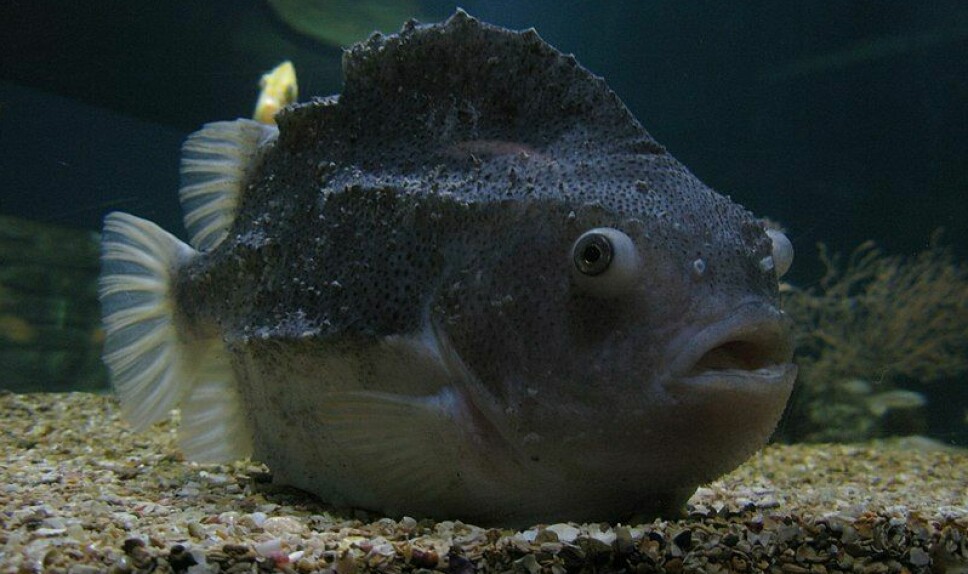
Lumpfish and wrasse can
learn and remember
A project has investigated whether it is possible to make the recapture of cleaner fish
more efficient by means of a sound or light signal that gives a reward in the form of feed
Farming and use of lumpfish and wrasse for lice control in the salmon industry is relatively new, and considerable research effort has been put into breeding, survival and disease control.
But according to the Norwegian Seafood Research Fund (FHF), there has been no focus on the subsequent use for the cleaner fish, which for the industry is an ethical and environmental problem, in addition to the fact that optimal utilisation and profitability are not realised.
The CLEANCATCH project funded by FHF has looked at challenges related to recapture, culling and re-use of cleaner fish as food fish. With the right knowledge and expertise, cleaner fish can help reduce costs, contribute to the economic surplus in the industry and establish profitable side industries, says FHF in a report on its website.
Labour-intensive
Recapture of cleaner fish is both time- and labour-intensive, and the project has investigated whether it is possible to make recapture more efficient using a sound or light signal that provides a reward in the form of feed.
Small scale experiments show that both lumpfish and wrasse are able to learn, and remember, that such signals are related to a reward, with the result that a large proportion of the fish are thus drawn towards a specific reference point in the salmon cage.
The project has also looked at developing a cleaner fish harvesting procedure that satisfies the requirement for animal welfare and at the same time safeguards the quality of the product as a possible food item.
Furthermore, research has been carried out into opportunities and challenges related to the after-use of cleaner fish, where nutritional and process-technical product characteristics have been identified which is important for using the fish for human consumption.
South Korea
In the project, processing and storage methods and the profitability of different uses and different logistics solutions have also been investigated, in addition to the market potential of cleaner fish in South Korea.
FHF writes that it is a challenge to recapture the cleaner fish in large cages. The use of light and sound must further be validated on a commercial scale.
In order to ensure the possibility of subsequent use, there is a need to ensure good stunning and euthanasia. The next step will be to validate the euthanasia method with EEG (electroencephalogram) that records brain activity, to clarify whether the fish regains consciousness during the entire process.
Cleaner fish are a good source of certain vitamins, have a good fatty acid composition and are a good source of protein, and FHF says that further work should be done on the subsequent use of cleaner fish.






















































